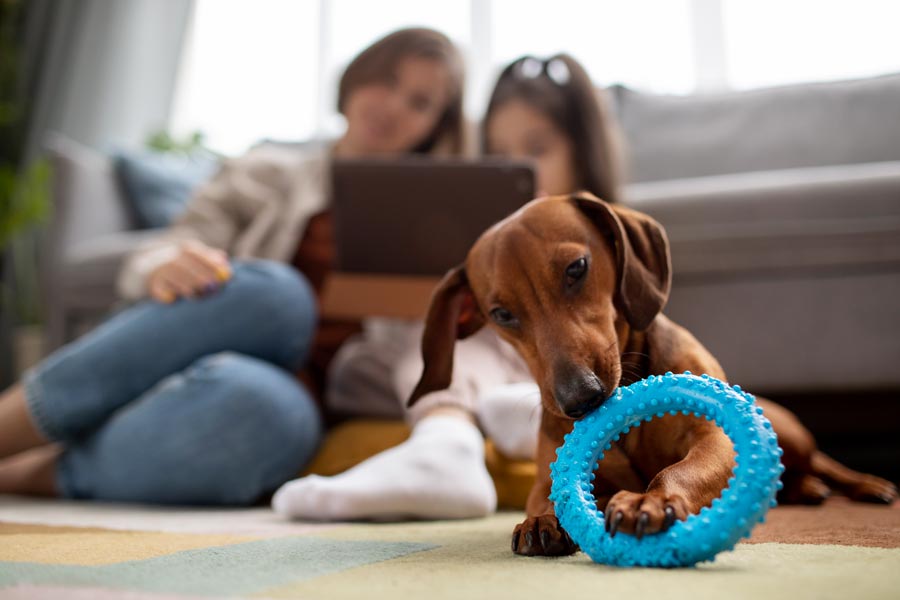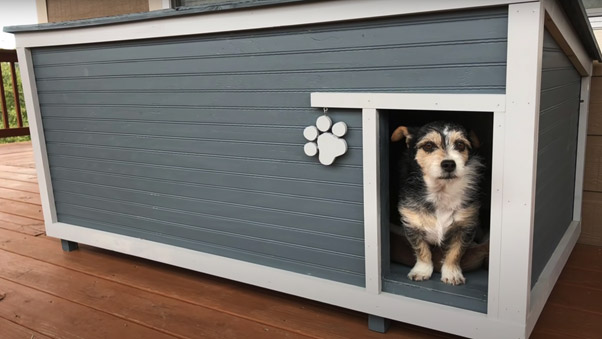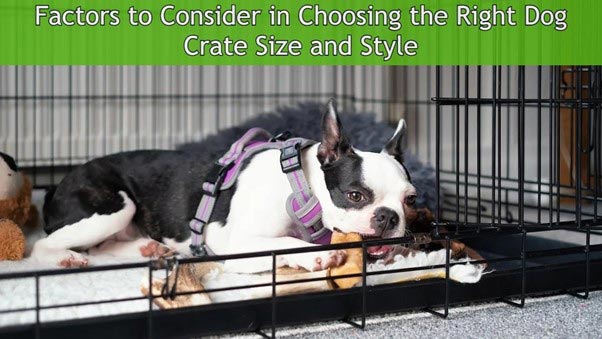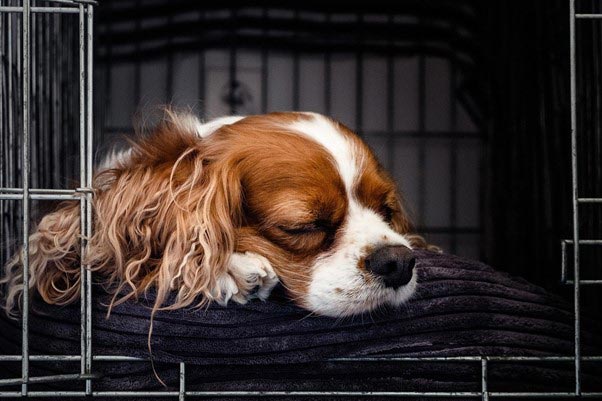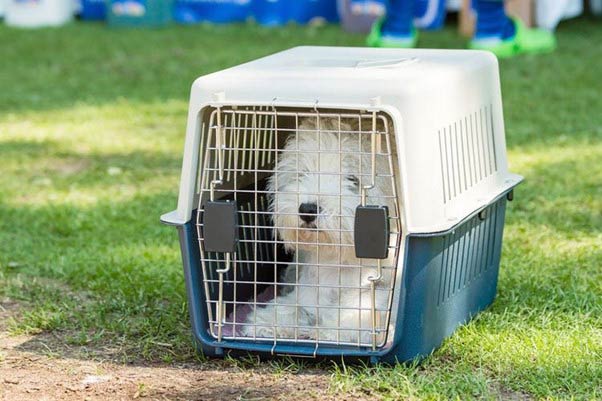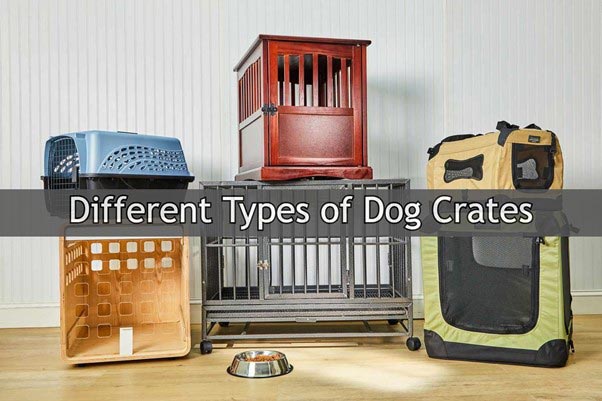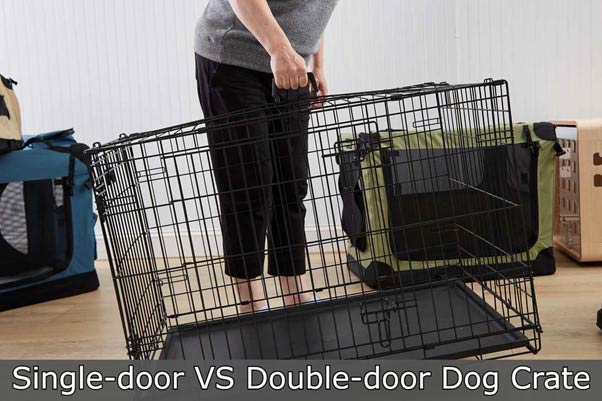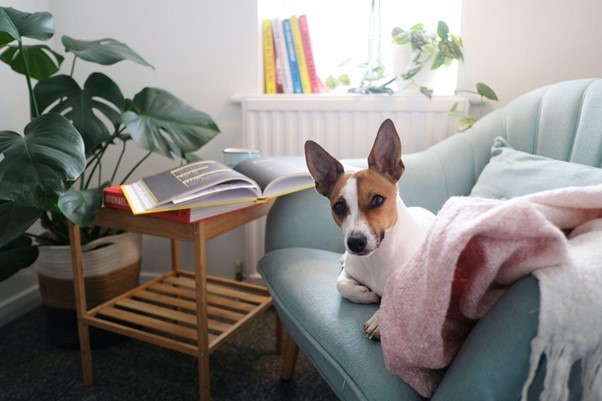
Designing a Safe and Comfortable Home for Your Dog
Creating a safe and comfortable home for your four-legged friend is a must if you want to show them the love and care they deserve. It requires careful planning, but it can be incredibly rewarding, and doesn’t have to be complicated or expensive.
With a few simple steps, you can create an inviting environment where your four-legged family member can relax, play, and enjoy their days stress-free.
Whether you have a large yard or a small apartment, there are ways to ensure your pup has a safe and welcoming place that they can call home.
Choosing Appropriate Dog Furniture and Equipment
When designing a safe and comfortable home for your pup, it’s important to invest in furniture and equipment that are both functional and safe.
This means looking for pieces made from durable materials such as wood or metal, avoiding plastic options which can easily be chewed or scratched, and choosing furniture that is designed to be comfortable for your pup.
Some of the best pieces of furniture for your pup include:
Dog Beds
These should be large enough to allow your pup to stretch out and relax, while also providing support and cushioning. Look for beds made from durable materials that are easy to clean.
Toy Boxes
Investing in a toy box will help keep all of your pup’s toys organized and out of the way. Choose a box with a lid to make sure your pup doesn’t get into mischief while you’re away.
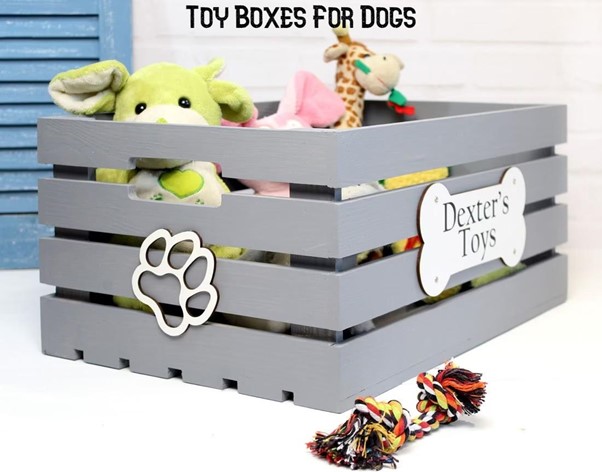
Safe Furniture
Also make sure that the pieces you select are sturdy and safe for your pup, as they may want to climb or jump on them. For example, look for furniture pieces with rounded corners that won’t hurt your pup if they come in contact with them.
Washable Bedding Materials
When selecting beds or couches, make sure the covers are easily removable so you can clean them regularly.
Chew-resistant Furniture
If your pup is a chewer, look for chew-resistant items such as Kong toys or puzzle feeders. You should also avoid any furniture with small parts that could be chewed off and present a choking hazard.
Pet Gates
Pet gates are great for keeping your pup contained in one area or room, without having to lock them inside a crate. Look for tall and sturdy gates that will be difficult for your pup to jump over.
Pet Stairs
These are great for helping your pup reach higher surfaces, such as beds and couches. It’s important to choose a set of pet stairs that is strong enough to support the weight of your pup.
Creating Play Areas or Exercise Spaces
Creating play areas for your dog is an important part of making sure they have a safe and comfortable home. If you have the space available, it’s a great idea to create a play area or exercise space for your pup.
Additionally, make sure that these areas are properly secured so that your pup won’t be able to wander away or get into any trouble.
There are several ways to do this in both indoor and outdoor areas, depending on the size and layout of your space.
For Outdoor Spaces
Create an agility course with obstacles such as ramps, tunnels, and jumps.
Set up a secure exercise pen or play area.
Install enclosed pet doors so your pup can easily move in and out of the house.
Add outdoor furniture such as benches and chairs to create a relaxing space for your pup.
Invest in water-resistant toys that can be left outdoors.
Make sure that all boundaries are properly secured and protected so they can’t escape. Additionally, check for potential hazards like sharp objects, plants that could be poisonous, or too much sun exposure.
If you’re unsure about any of these things, err on the side of caution and talk to a professional before setting up an outdoor area for your pup.
For Indoor Spaces
Set aside a play area with dog beds, toys, and chew-resistant furniture.
Install an enclosed pet door to allow your pup to move freely between rooms.
Decorating Tips and Ideas to Make your Pet’s Home Inviting
When it comes to making your pup’s home feel inviting, there are lots of creative decorating options.
One way to make the space more inviting is by using their favorite toys as home decor pieces. This is a great way to create a playful atmosphere, and it also allows your pup to feel at home in their environment.
Some more decorating tips are as follows.
A Cozy Bedding For Indoor Dog
Dogs need a comfortable place to sleep that is all their own. It should be kept away from high-traffic areas and other pets.
Make sure the bedding is soft and warm and has plenty of soft blankets and pillows to snuggle with in as this will help keep your pup cozy at night. The bed should be made of comfortable, breathable materials such as memory foam and organic cotton or wool.
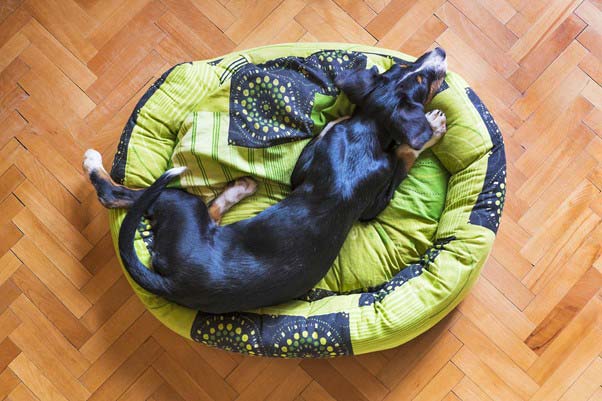
And if you have an indoor pup, consider investing in a heated bed pad to provide extra warmth during cold winter months.
You can also look for beds with removable covers that are machine-washable so you can easily keep them clean.
A Cozy Bedding For Outdoor Dog
When it comes to bedding for outdoor, there are some great options available. It’s important to choose a material that is able to handle the elements, while still being cozy and comfortable for your pup.
One of the best materials you can use is waterproof fabric like polyester or polyethylene. This is great for outdoor beds since it is durable and easy to clean. You can also look for breathable fabrics, such as canvas or cotton, that will help keep your pup cool in the summer months.
Finally, make sure you provide plenty of blankets and pillows for your pup to cozy up with on cold nights. This will help keep them warm and comfortable when they need it most.
Add an Area Rug to Your Pet’s Home
This will help keep their feet warm and provide a comfortable spot for them to lie down. Look for rugs with non-skid backing or rubber bottoms so that they won’t slip and slide around.
Invest in Fun Toys & Puzzles
Interactive toys provide hours of entertainment while also keeping your pup stimulated with mental challenges that will help them stay sharp and focused throughout the day (and night).
There are lots of great toy options out there ranging from durable chew toys to interactive puzzles that dispense treats when solved correctly. You can check out Dog Pet Guide website to get more ideas on different types of interactive toys and puzzles to keep your Fido simulated.
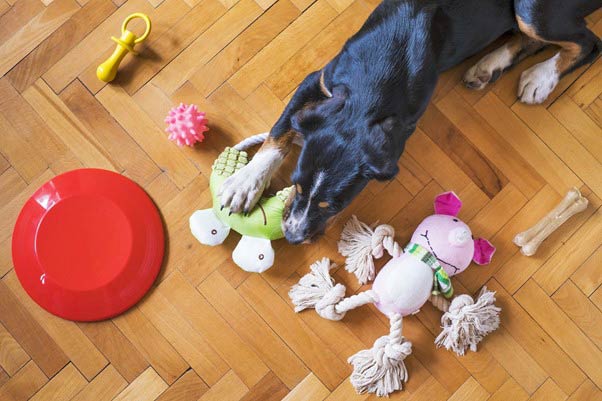
Make sure to provide them with plenty of toys (rotate them every few days so that they don’t get bored) as well as chewies—these are great tools for helping teething puppies get through those tough growing pains!
Additionally, providing puzzles and interactive toys can give your dog something fun and engaging to do while home alone during the day. Just make sure whatever you choose can withstand some serious playtime from your four-legged friend!
You can also take adopt more creative ideas mentioned above. By taking these steps, you can create a safe and comfortable home for your pup that they will love.
With a little bit of planning and creativity, you can give your pup their own cozy space where they can relax in peace. Happy decorating!
Some Important Things To Provide
Designate A Potty Spot
Unless you plan on taking your pup outside every time they need to go potty, then it’s important to designate an area of the house that will be used as your pup’s bathroom spot.
This could be in the yard or inside the house—just make sure it is far enough away from where they eat and sleep so that they don’t get confused about where their “bathroom” is located.
Once you choose a spot for pottying, use treats or positive reinforcement when your pup goes there so that they learn quickly which spot is their designated potty area.
Creating Boundaries
Your dog should have some basic restrictions when it comes to certain parts of the house or activities.
It’s important that you set boundaries in terms of where your pet can go in the house; this helps each family member know what areas are off limits so there is no confusion about where it’s okay (or not okay) for your pet to go play or rest.
For instance, make sure there are no places in the house where they could potentially get stuck if left unattended (like between furniture pieces). You should also restrict access to certain rooms such as bathrooms where cleaning supplies may be present.
Additionally, establish rules around eating (e.g., no table scraps!) and playing with toys (e.g., no chewing!).
Watch the video below to learn how to develop boundaries around food with your dog.
Create an area just for them by designating certain rooms off-limits unless supervised—this will help keep them out of trouble and give them their own designated space in the house where they feel at home.
It may take some time at first but these rules will eventually become second nature!
Climate Control & Ventilation
Make sure that the temperature inside your home is comfortable enough for your pup—especially when it comes to extreme temperatures.
Dogs tend to regulate their body temperature faster than humans—so if it’s too hot or cold for you in the house then it likely is for them as well.
Invest in air conditioning during warmer months (or fans!), and consider getting heated floors during colder months so that your pup has somewhere warm to lie down on chilly days.
Providing ventilation for your dog is an important part of creating a comfortable and safe environment in your home.
Proper ventilation will help to keep your pup cool on hot days, while also removing excess moisture and humidity that can lead to health issues such as respiratory and skin problems.
One of the best ways to provide ample ventilation is by keeping windows open during the day and installing a fan near their sleeping area.
Conclusion
Creating a safe and comfortable home isn’t just about things like dog beds and food bowls; it’s also about providing ample stimulation for both mind and body.
From picking out quality furniture pieces to selecting appropriate decorating options, these tips will help ensure that you create a paw-some living environment that your pup will love!
With careful consideration, you can create an atmosphere filled with love and comfort for all members of the family – two-legged and four-legged alike!
